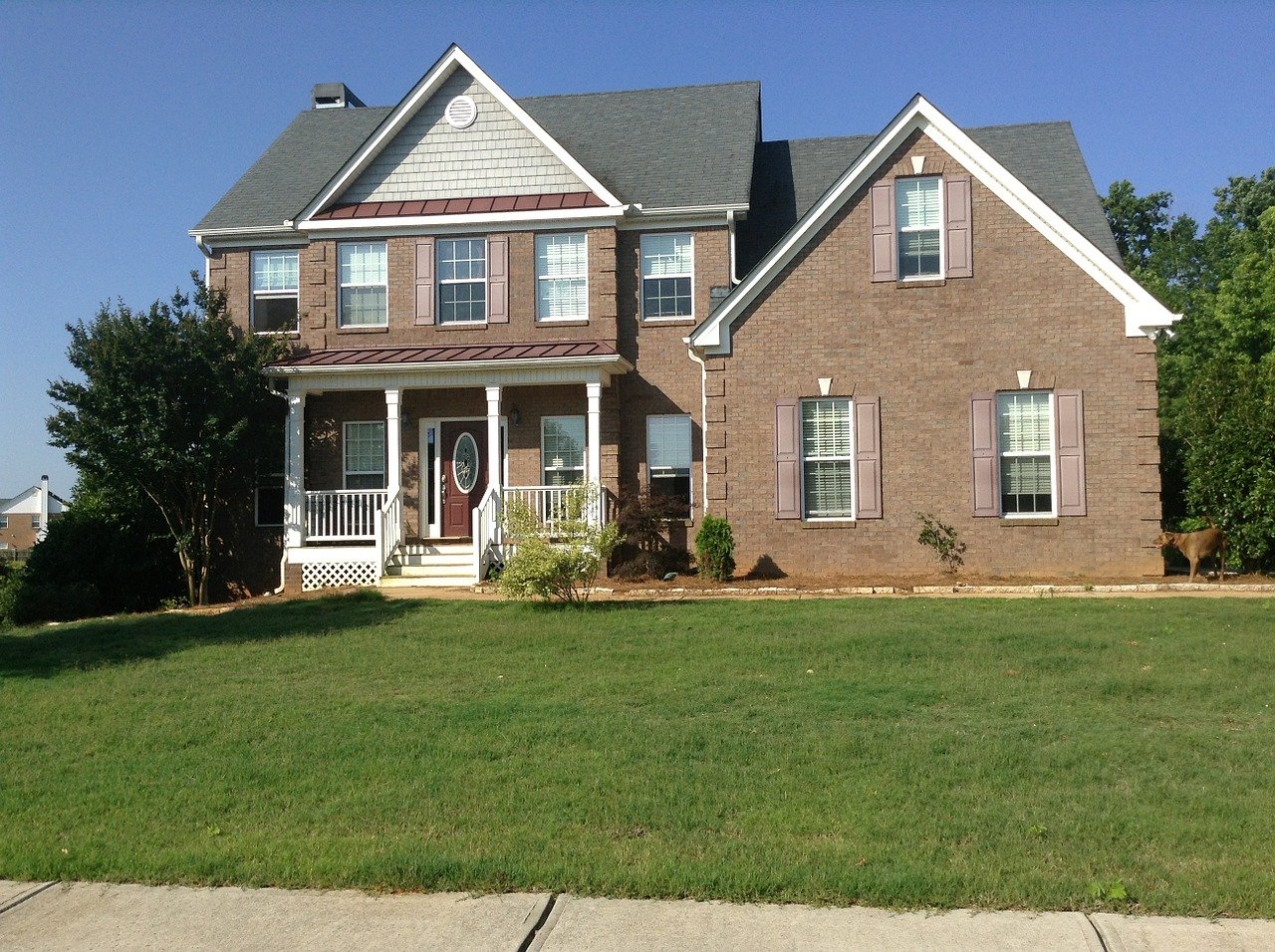

Residential housing markets shone globally last year. Yet, among the few countries that have published annual growth rates for 2020, the size of the US house price rally stands out (Chart 1). According to the National Association of Realtors (NAR), median home prices rose 12.9% to $309,800 in 2020. This compares with a significantly lower 5% average over the previous decade. Furthermore, YoY changes in October 2020 reached 15.5%, a rate last bettered exactly 15 years ago (Chart 2).
The latest NAR volume data captured the pandemic-induced buying frenzy. On average, the number of home transactions grew 0.3% MoM between 2010 and 2019. This figure increased to 3.6% nationwide during the pandemic, with the Northeast experiencing the largest rise (Chart 3). Interestingly, the market action has been at the top end of the home valuation scale – the share of transactions among houses above $750,000 has shot up, perhaps reflecting relocation away from more expensive urban areas (Chart 4).
Data from Zillow shows that the main beneficiaries of the urban-to-rural migration are Idaho, Arizona and Utah (Chart 5). The typical home in Idaho, valued between the 35th and 65th percentile, has increased on average 1.5% per month during the pandemic, compared with 0.5% between 2010 and 2019. The District of Columbia (Washington D.C.) is the only state to have seen slower house price growth.
This article is only available to Macro Hive subscribers. Sign-up to receive world-class macro analysis with a daily curated newsletter, podcast, original content from award-winning researchers, cross market strategy, equity insights, trade ideas, crypto flow frameworks, academic paper summaries, explanation and analysis of market-moving events, community investor chat room, and more.
Summary
- The US housing market had a stellar year in 2020, recording YoY growth rates last seen in 2005.
- Housing transaction data shows a significant spike in demand, especially for houses above $750,000.
- Idaho, Arizona and Utah saw the highest average monthly house price rises.
- The latest Wells Fargo data for Jan. 2021 shows a drop off in single-family housing market sentiment.
- High-frequency housing activity measures confirm a fall in activity, although annual price growth remains unexpectedly high.
The US Housing Market in 2020
Residential housing markets shone globally last year. Yet, among the few countries that have published annual growth rates for 2020, the size of the US house price rally stands out (Chart 1). According to the National Association of Realtors (NAR), median home prices rose 12.9% to $309,800 in 2020. This compares with a significantly lower 5% average over the previous decade. Furthermore, YoY changes in October 2020 reached 15.5%, a rate last bettered exactly 15 years ago (Chart 2).
The latest NAR volume data captured the pandemic-induced buying frenzy. On average, the number of home transactions grew 0.3% MoM between 2010 and 2019. This figure increased to 3.6% nationwide during the pandemic, with the Northeast experiencing the largest rise (Chart 3). Interestingly, the market action has been at the top end of the home valuation scale – the share of transactions among houses above $750,000 has shot up, perhaps reflecting relocation away from more expensive urban areas (Chart 4).
Data from Zillow shows that the main beneficiaries of the urban-to-rural migration are Idaho, Arizona and Utah (Chart 5). The typical home in Idaho, valued between the 35th and 65th percentile, has increased on average 1.5% per month during the pandemic, compared with 0.5% between 2010 and 2019. The District of Columbia (Washington D.C.) is the only state to have seen slower house price growth.
Will Momentum Continue in Q1 2021?
Last week, the NAHB/Wells Fargo Housing Market Index (HMI) released its January data. The HMI surveys members belonging to the National Association of Home Builders (NAHB) and is designed to measure sentiment for the US single-family housing market (capturing sales expectations and prospective buyer traffic). The index for January fell 3.5% on last month, following a 4.4% fall in December (Chart 6). Although this suggests momentum is tapering slightly, demand remains close to peak levels for the 21st century – including the boom years of 2004-06. The fall in January sentiment extends across the US but was largest in the Northeast (Chart 7).
The NAR’s weekly housing market monitor reaffirms a slight slowdown in January housing market activity. The monitor tracks weekly pending sales and new listings, both of which are down YoY. Preliminary data on median sales prices show homes sold during the past four weeks, ending 31 January, rose at a slower pace than in October-December 2020 (+13% YoY).
Nevertheless, the YoY growth rate remains high, and the rate at which prices are slowing does not match the decline in pending sales and listings. This home price stickiness is also found in the Common Haus Price Index (CHPI), another weekly measure of home price growth and one that tracks NAR data and Case-Shiller data closely (Charts 8 and 9). Their measure of YoY home price growth has remained high throughout January and is currently 13.2%.
The strong and persistent annual house price growth exceeds late 2020 expectations. In December, the monthly NAR Realtors Confidence Index reported a 2.3% YoY expected price growth rate in Q1 2021 vs Q1 2020. This translates to an average YoY growth rate of 10% for the months of January to March 2021. With YoY growth rates remaining between 13% and 14% in January, the housing market appears to be outperforming. At a state level, expectations are that Idaho will continue to see the best of the house price growth. According to the NAR survey, realtors expect the median house price to rise 7.1% in Q1 2021 (Chart 10).
Bottom Line
Expectations are that house price growth will taper off in 2021. The early signs are that demand has indeed fallen in January this year, but it may take longer for annual growth rates to lower significantly from the exceptionally high levels seen in 2020.
This extraordinary jump in housing prices is almost entirely due to people making lifestyle adjustments to Covid-19, boosted by the elixir of sub-3% mortgage rates. Much of this has run its course, although we would be unsurprised to see another smaller round of adjustments later this year as vaccines allow people to return to more normal lives, which would keep some upward pressure on home prices.
The NAR releases its first official existing home sales and house price data for 2021 next Friday, 19 February.
Sam van de Schootbrugge is a macro research economist taking a one year industrial break from his Ph.D. in Economics. He has 2 years of experience working in government and has an MPhil degree in Economic Research from the University of Cambridge. His research expertise are in international finance, macroeconomics and fiscal policy.

(The commentary contained in the above article does not constitute an offer or a solicitation, or a recommendation to implement or liquidate an investment or to carry out any other transaction. It should not be used as a basis for any investment decision or other decision. Any investment decision should be based on appropriate professional advice specific to your needs.)
